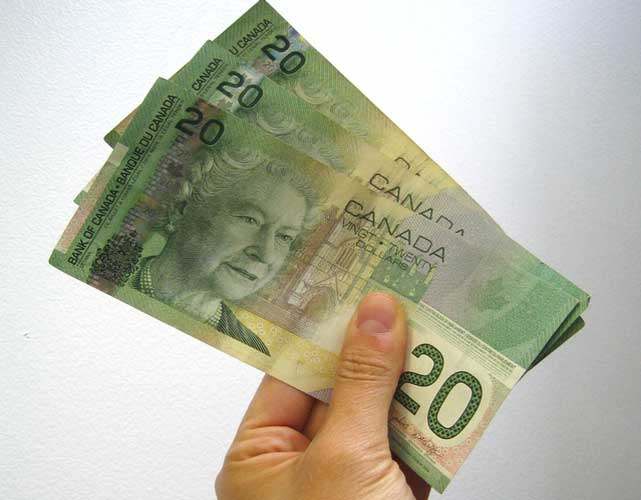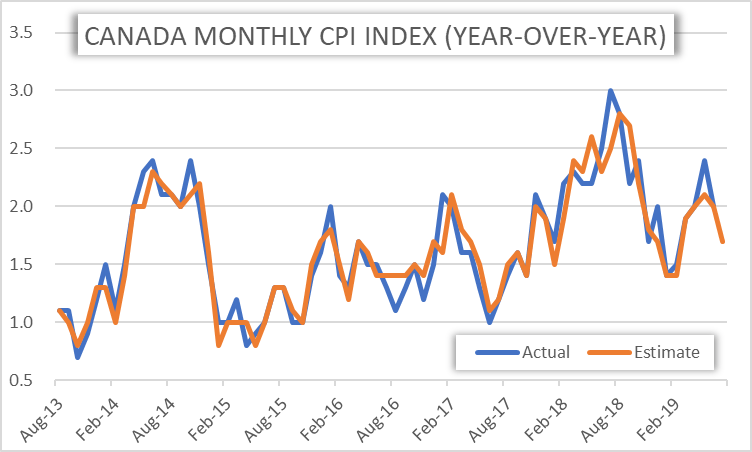
Sometimes mixing and matching services from different financial institutions can save you more money than using an all-in-one solution. While the cost and type of services offered varies from bank to bank, they usually include a variety of banking, payment, credit card and foreign exchange solutions.Ĭross border banking services can be affordable and convenient, but make sure you compare your options first to understand exactly what you’re getting and the fees involved. Some Canadian banks have started offering cross border banking solutions specifically tailored for Canadian snowbirds and travellers who spend a significant amount of time in the United States.

This is because the exchange rates you see in the news are the Bank of Canada rates and the exchange rates you actually receive are retail rates. You’ve probably noticed that the exchange rate you see quoted in the news is always better than the rate you actually receive when exchanging currency, usually by a few cents or more.

The difference between what a bank or foreign exchange service pays for a currency and what they charge you to buy it is often referred to as the “spread”. Understand Foreign Exchange Fees and CostsĮssentially, there are two types of costs associated with exchanging currency - the “Spread” and Fees: The Foreign Exchange “Spread”


While you can’t avoid foreign exchange fees entirely, you can minimize foreign exchange costs significantly by understanding how they work and following these tips, which can save you hundreds or even thousands of dollars every year. dollars to meet your living expenses, buy a vehicle or purchase a U.S. dollars, at some point you will inevitably have to convert your Canadian dollars to U.S. Currency conversion can be a big expense for Canadian snowbirds who spend a significant amount of time in the United States, depending on the current rate of exchange.


 0 kommentar(er)
0 kommentar(er)
